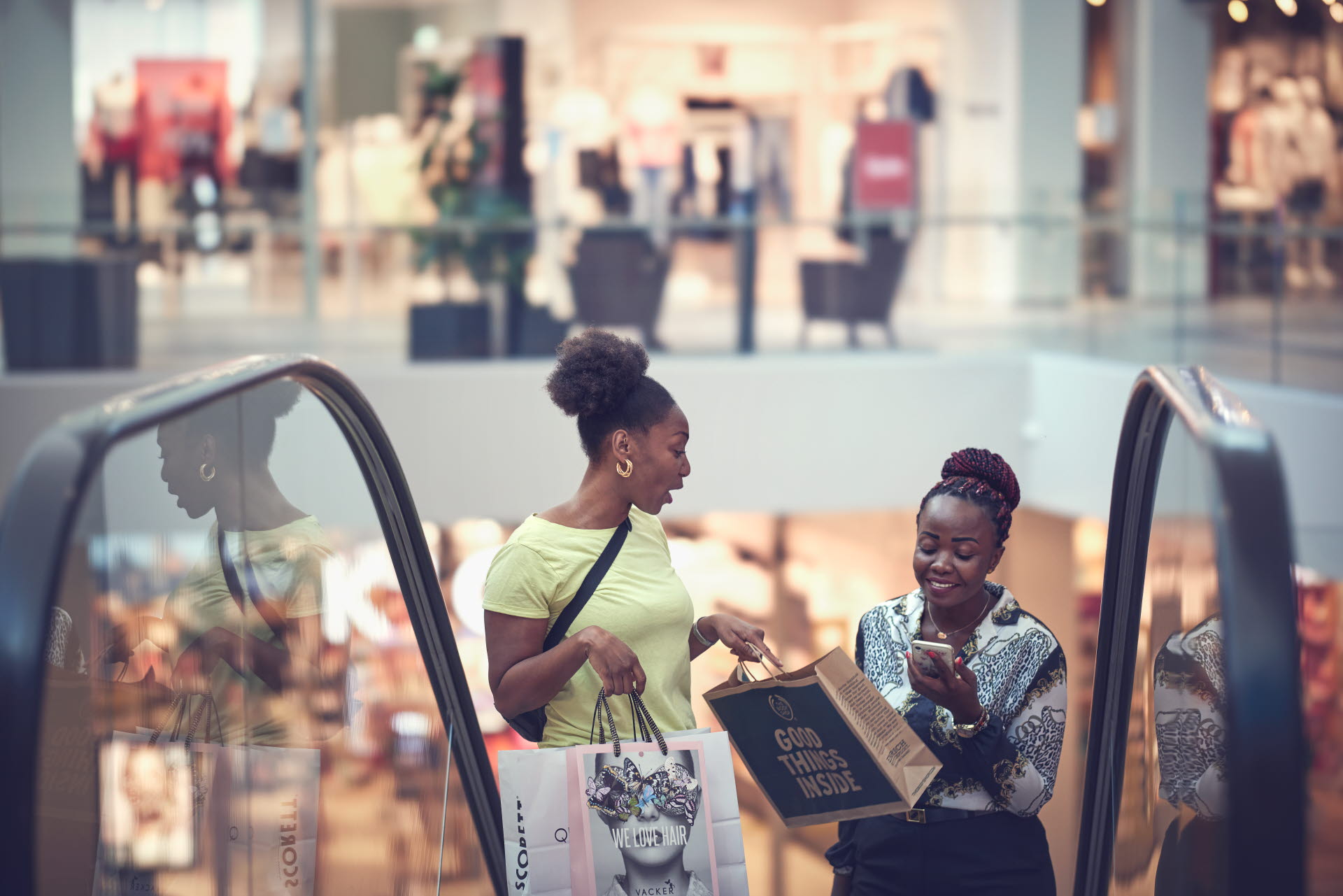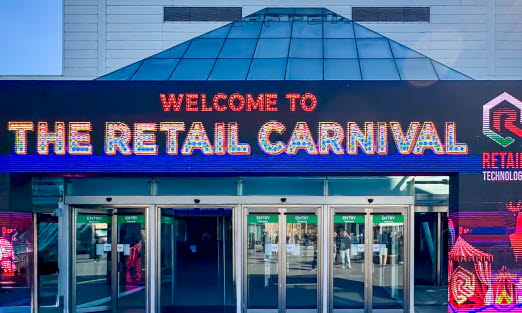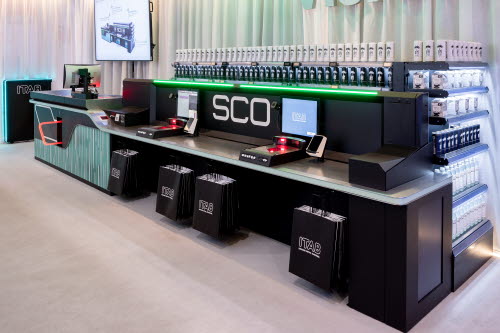
Fashion and beauty retail - Revitalising for the next decade
Discover the key strategies to thrive in the ever-evolving fashion and beauty retail landscape with our comprehensive insight.
In an era characterised by fast technological advancements and shifting consumer expectations, fashion and beauty brands find themselves at a pivotal crossroads. The transition from traditional retail towards a more integrated, experience-driven approach demands a reimagination of strategies to remain relevant and competitive. Drawing upon industry insights from NRF 2024, consumer behaviour research, and case studies, this insight outlines a strategic framework for brands aiming to navigate the complexities of the modern retail landscape with finesse.
1. Embrace omnichannel synergy and digital integration:
The blending of online and offline channels into a cohesive consumer journey is paramount.
Case study: Sephora has set a benchmark in omnichannel retailing by integrating digital tools like AR mirrors and virtual try-ons, both in-store and online, enhancing customer engagement and personalisation. This seamless integration has not only bolstered sales but also customer satisfaction and loyalty.
2. Sustainability and ethical practices:
Embedding sustainability into core business operations and product lines has transcended optional status to become imperative.
Example: Stella McCartney has been at the forefront of sustainable fashion, utilising eco-friendly materials and championing ethical practices, demonstrating that sustainability can significantly differentiate a brand.
3. Localised and personalised experiences:
Tailoring retail experiences to reflect local cultures and preferences can markedly enhance brand resonance.
Insight from Nike: By incorporating local cultural elements into store designs and product offerings, Nike has successfully created community-centric stores that drive both engagement and sales.
4. Feedback loops and consumer insights:
Direct consumer feedback is invaluable for continuous improvement.
Research finding: A study by the Harvard Business School indicates that brands actively engaging with and responding to consumer feedback see a noticeable improvement in customer retention rates.
5. Enhanced post-purchase experience and loyalty programmes:
Crafting a seamless and rewarding post-purchase experience is crucial for fostering long-term customer relationships.
Insight from Amazon: The e-commerce titan’s straightforward returns and personalised loyalty programmes have set a high benchmark for customer service, significantly influencing consumer loyalty.
7. Community building through social media integration:
Engaging with consumers via social media platforms offers the dual benefit of feedback and community building.
Case study: Glossier has utilised social media to foster a vibrant community of brand advocates, driving both sales and brand loyalty.
8. Investment in quality associates and visual merchandising:
The in-store experience is significantly elevated by knowledgeable associates and compelling visual merchandising.
Expert opinion: Retail expert Paco Underhill advocates for investing in training for store associates and innovative visual merchandising to transform stores into destinations.
Forward-looking perspectives for beauty and fashion retailers
The future of retail in the fashion and beauty sectors will be marked by rapid technological innovation, evolving consumer preferences towards sustainability and ethics, and the continued imperative of creating immersive, personalised shopping experiences. Brands that proactively address these trends, leveraging data and technology whilst remaining true to their core values, will not only survive but flourish in the coming decades.

Practical framework for implementation
1. Digital-physical integration checklist: Assess current omnichannel capabilities and identify integration gaps between digital and physical realms.
2. Sustainability audit: Conduct a thorough audit of supply chains, materials, and business practices to pinpoint areas for enhancement in sustainability.
3. Local market analysis framework: Develop a framework for analysing local consumer behaviour and preferences to tailor store experiences accordingly.
4. Consumer feedback loop process: Establish a structured process for collecting, analysing, and acting upon consumer feedback.
5. Post-purchase experience strategy: Design a comprehensive strategy for improving the post-purchase experience, including loyalty programmes and return policies.
6. Agility and experimentation protocol: Set up a protocol for rapid testing and implementation of new retail concepts and technologies.
7. Social media engagement plan: Formulate a detailed plan for engaging with consumers on social media, encompassing content creation and community management strategies.
By weaving these strategic imperatives into their operations and adopting a forward-looking stance, fashion and beauty brands can skilfully navigate the challenges and seize the opportunities presented by the modern retail environment, forging meaningful connections with consumers and securing their place in the retail future.
Want to receive regular retail insights?
Sign up for our newsletter today.











